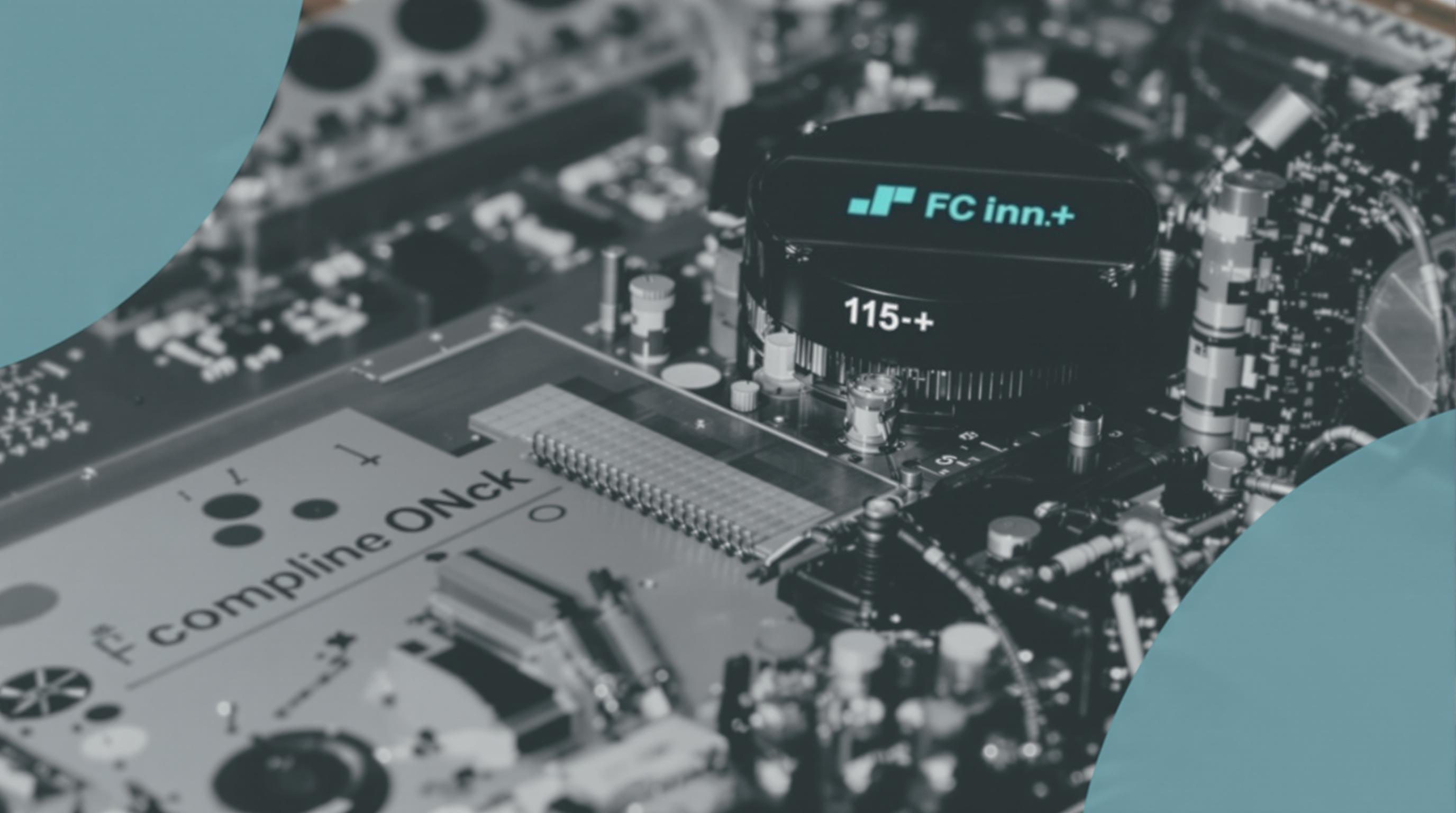Related Articles
- When Disaster Strikes: Unseen Psychological Impacts of Data Loss on Company Culture and Employee Trust
- 7 Game-Changing Business Backup Tools Released Since 2019 You Didn’t Know You Needed
- 5 Trailblazing Smart Home Subscription Services Redefining Convenience and Control Since 2019
- 6 Innovative Boutique Subscription Services Redefining Customer Loyalty and Engagement Since 2019
- How Forgotten Analog Methods Might Reshape Modern Corporate Info Preservation Strategies
- How Behavioral Biases Secretly Skew Financial Audit Outcomes and What Checklists Miss
How Forgotten Analog Methods Might Reshape Modern Corporate Info Preservation Strategies
How Forgotten Analog Methods Might Reshape Modern Corporate Info Preservation Strategies
In an era dominated by digital data, revisiting analog methods for information preservation can offer surprising benefits to corporate strategies. From durability to accessibility, these forgotten techniques deserve a fresh look in modern info management.
A Walk Down Memory Lane: The Charm and Strength of Analog
As a 38-year-old writer immersed in corporate tech trends, I’ve noticed a peculiar paradox: while companies invest billions in digital storage, they often overlook the tried-and-true analog systems that once safeguarded their secrets. Think carbon copies, microfiche archives, and handwritten ledgers. These aren’t relics best left to dusty attics but valuable assets capable of enhancing resilience against digital failures.
Analog's Resilience in the Digital Age
Consider this: 44% of digital data losses stem from hardware or software failures, according to a 2022 Backblaze report. Now, imagine supplementing fragile cloud backups with physical binders and archival-quality paper stored offsite. Analog methods inherently resist hacking, ransomware, and data corruption—threats digital-only systems face daily.
Case Study: The New York Public Library’s Microfilm Revival
When the New York Public Library digitized its vast newspaper collection, it faced a daunting reality—digital files degraded over time and required costly migrations. In response, the institution re-embraced microfilm for long-term preservation, citing its stability over a century and ease of access without specialized tech. Corporations can draw parallels by incorporating such dual-layer preservation into their info strategies, ensuring both speed and security.
The Humor in Going "Old School"
Imagine a futuristic CEO proudly announcing, “We’re upgrading our cloud storage with a stack of mimeographs.” While this paints a funny, almost dystopian picture, the truth is analog methods offer refreshing simplicity. No need for constant software patches or firmware updates—just good ol’ paper, film, or vinyl.
Statistically Speaking: The Longevity Factor
Many paper-based documents, if stored properly, can last 500 years or more. In contrast, hard drives have an average lifespan of 3 to 5 years. Even magnetic tapes, a largely analog storage medium, remain viable for decades under the right conditions. This durability is a compelling argument for companies to diversify beyond rapidly aging digital storage.
Storytelling: Lessons From Grandma’s Attic
My grandmother’s attic was a treasure trove of old photographs, letters, and journals—all analog artifacts that outlasted generations. Her stories, inked on yellowed pages, survived much longer than digital files I saved five years ago and lost in a failed hard drive. In modern corporations, preserving institutional knowledge through analog backups could serve similar purposes, keeping organizational memory alive even when technology fails.
Conversational Insights: Analog Isn’t Just Nostalgia
“But isn’t analog outdated?” you might ask. Not really. Many small businesses still rely on physical ledgers, and industries like healthcare continue to use paper records for compliance and backup. In fact, a 2023 survey by Iron Mountain revealed that 62% of organizations integrate analog solutions within their data preservation frameworks. It’s about blending old and new, not choosing sides.
Persuasive Perspective: The Hybrid Future of Info Preservation
Corporations must embrace hybrid models where digital efficiency meets analog endurance. Digital enables instant accessibility, while analog secures authenticity and long-term viability. For CFOs concerned about costs, think of analog storage as a low-maintenance insurance premium that pays dividends during cyber-attacks or system crashes.
Modern Challenges and Analog Responses
From increasing cyber-attacks to data floods, corporate information strategies face intense pressure. Yet, analog methods provide an effective counterbalance. The banking sector, for example, often archives critical documents on microfilm precisely to avoid total dependence on digital systems vulnerable to cyberthreats.
Creative Twist: The Art of Analog Preservation
Preservation isn’t just functional—it can be an art form. Some companies commission hand-printed logs or artistically designed binders that not only protect information but reinforce corporate identity and values. Such “slow data” approaches encourage mindfulness about what is stored and why, reducing information overload and fostering deeper organizational respect for history.
Environmental Considerations
Digital data centers consume enormous energy — estimated to account for about 1% of global electricity use (IEA, 2021). Analog storage, especially when archival standards minimize waste, can mitigate carbon footprints, aligning with many companies’ sustainability goals. For a green-conscious audience, blending analog methods might be a step toward eco-friendly data stewardship.
Implementation Tips for Corporate Leaders
1. Conduct a data audit to determine what critical info benefits from analog backup.
2. Invest in archival-quality materials and secure physical storage environments.
3. Train teams in analog documentation techniques to maintain high-quality records.
4. Develop dual-access protocols to integrate analog and digital retrieval seamlessly.
5. Periodically review analog assets to avoid degradation—analog isn’t “set and forget.”
Final Thoughts
Analog preservation methods aren't relics but rediscovered allies for modern corporations. When combined thoughtfully with digital tools, they create robust, resilient ecosystems capable of withstanding contemporary challenges. Ignoring these techniques not only risks data loss but also disconnects firms from a rich heritage of information stewardship.




